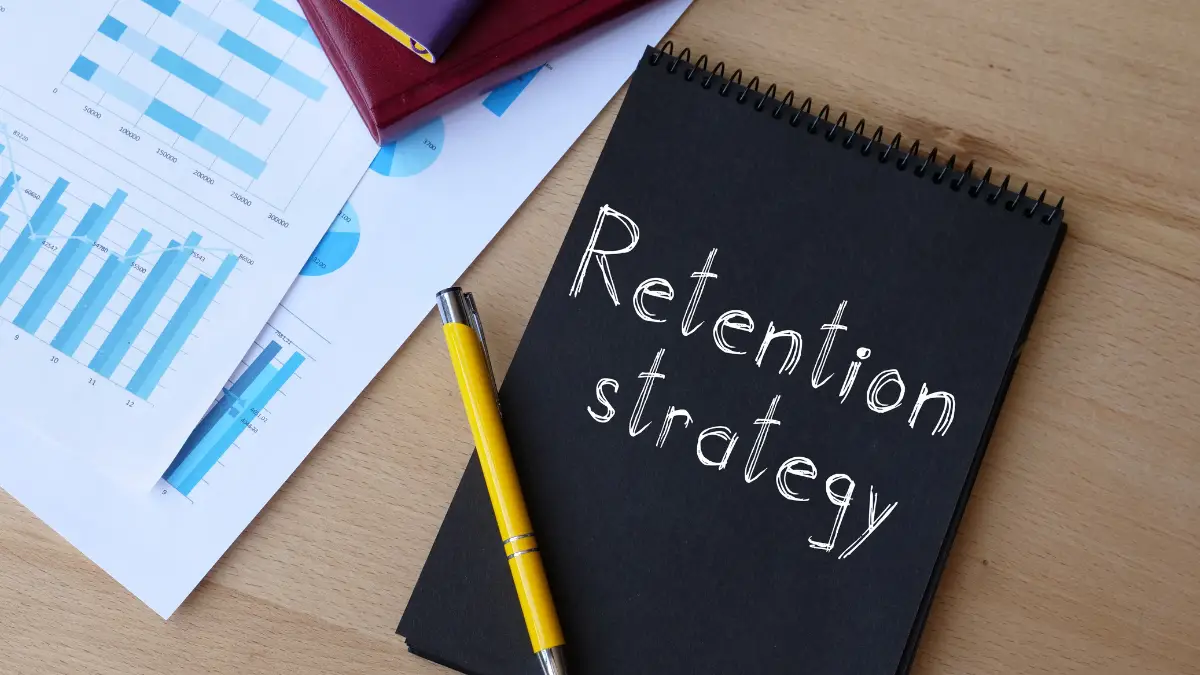In today’s highly competitive market, 44% of businesses fail to measure their customer retention rate. Have you ever wondered why once loyal customers suddenly start looking elsewhere? What triggers this shift in perception?
Welcome to the critical phase of problem exploration and competitive benchmarking, a stage that can determine your brand’s long-term success.
The Shift in Customer Perception
Customers who once raved about your brand may suddenly start pointing out flaws. Maybe your website takes a few extra seconds to load, or a competitor offers more detailed product descriptions. These seemingly minor imperfections become hard to ignore, pushing customers toward alternatives.
This shift is not random. It is part of a crucial phase in the customer journey: problem exploration and competitive benchmarking. If you are not prepared, it can cost you valuable customers.
This article explores why customers start questioning your brand’s value, how this affects your business, and actionable steps you can take to stay ahead of the competition. Whether you run a global enterprise or a local business, understanding this phase is key to retaining customers and growing your brand.

What Are Problem Exploration and Competitive Benchmarking
Problem exploration and competitive benchmarking are the stages at which customers begin evaluating your brand more critically. They are not just identifying issues; they are actively seeking competitors who do it better.
Think of it this way. You have been using the same search engine for years. It is fast, reliable, and gets the job done. Then, a competitor introduces personalized results, better privacy features, and a cleaner interface. Suddenly, your go-to search engine no longer seems so perfect.
This phase is inevitable. Customer expectations constantly evolve, and if your brand does not keep up, they will look elsewhere.
Understanding the Customer Evaluation Process
Customers do not randomly decide to doubt your brand. Their evaluation process is typically triggered by:
- Emerging pain points. Frustrations that may have been minor before now become noticeable.
- Competitive alternatives. Competitors introduce better, more innovative solutions.
- Evolving expectations. Industry standards and customer demands shift over time.
The Anatomy of a Brand Perception Shift
Think of your brand like a smartphone. You might have been satisfied with its performance for years, but when a competitor releases a device with groundbreaking features, your once-perfect phone suddenly feels outdated.
Why Do Customers Start Questioning Your Brand’s Value
Customers do not wake up one day and decide to scrutinize your brand. Their concerns are usually triggered by a competitor’s innovation, a shift in industry standards, or even a friend’s recommendation. The process typically follows these steps:
- Identifying hidden gaps. Customers notice flaws they previously ignored, such as slow website performance or lack of personalized service.
- Comparing alternatives. They explore competitors to see who is addressing these gaps better.
- Weighing the switch. They decide whether the frustration is significant enough to make them leave.
Real-World Examples of How Brands Navigated This Phase
- Netflix and the rise of Disney Plus. Netflix set the standard for on-demand streaming, but when Disney Plus launched exclusive content at competitive prices, customers reconsidered their loyalty. In response, Netflix invested heavily in original programming and introduced ad-supported plans to maintain its market position.
- Jumia and Konga’s competitive shift. Jumia initially led Nigeria’s e-commerce market, but growing customer dissatisfaction with delayed deliveries and inconsistent service created an opportunity for Konga. By improving logistics and introducing same-day delivery options, Konga gained traction. Jumia had to revamp its operations to keep up.
- Traditional banks versus fintech innovations. For years, traditional banks in Nigeria dominated the financial sector, but customers became frustrated with long queues, hidden fees, and outdated banking processes. Fintech companies like Paystack and Flutterwave disrupted the industry with seamless online transactions and transparent pricing. In response, traditional banks introduced better digital banking solutions to retain customers.
How to Prevent Customers from Questioning Your Brand’s Value
The problem exploration and competitive benchmarking phase is a wake-up call. Here is how you can stay ahead.
- Audit your customer experience.
- Regularly evaluate your brand from the customer’s perspective. Ask yourself:
- Is your website fast and easy to navigate?
- Are your product descriptions clear and detailed?
- Is your customer service responsive and efficient?
- Use tools like Google Analytics, heatmaps, and customer feedback surveys to identify areas for improvement.
- Regularly evaluate your brand from the customer’s perspective. Ask yourself:
- Listen to customer feedback.k
- Monitor what customers say in reviews, social media comments, and support tickets.
- For example, when users complained about Google’s cluttered search results, the company introduced featured snippets to make information easier to find.
- Stay ahead of industry trends.
- Track competitor activities and adapt quickly.
- When DuckDuckGo gained traction, Google enhanced its privacy features.
- Netflix increased its investment in original content to compete with Disney Plus.
- Being proactive rather than reactive helps you stay ahead of the curve.
- Proactively address pain points
- Solve problems before they become deal breakers.
- For instance, GTBank’s early adoption of digital banking services addressed customer frustrations with traditional banking methods before fintech companies disrupted the industry.
- Leverage SEO to stay visible.
- If customers are searching for alternatives, ensure your brand is the first thing they see. Optimize your website for relevant keywords.Create high-quality, informative content.Build backlinks to improve search engine rankings.
- For example, a fintech company might publish an article titled “Why Our Payment Solution is the Best Alternative to Traditional Banks” to attract customers searching for better financial options.
Emerging Market Considerations
Why Emerging Markets Like Nigeria Are Especially Vulnerable
Nigerian consumers are digitally savvy and demand speed, convenience, and reliability. Key expectations:
- Faster deliveries. Same-day shipping is becoming standard.
- Seamless digital experiences. Laggy apps lead to lost customers.
- Personalized service. Tailored recommendations build loyalty.
Brands like Jumia, Moniepoint, and Paystack succeed by listening and adapting quickly.
The Competitive Advantage Mindset
Customers do not leave because they dislike your brand. They leave because someone else meets their needs better.
Your Action Checklist
- Audit your current customer experience
- Implement continuous feedback mechanisms
- Stay informed about industry innovations
- Develop a proactive problem-solving approach
- Invest in your digital presence
Final Thoughts. Are You Your Own Best Customer
If you were in your customer’s shoes, would you choose your brand today?
In today’s dynamic business landscape, standing still is not an option. The most successful brands commit to continuous improvement and customer-centric innovation.
Now is the time to act. Start evaluating, improving, and evolving because your customers already are.








